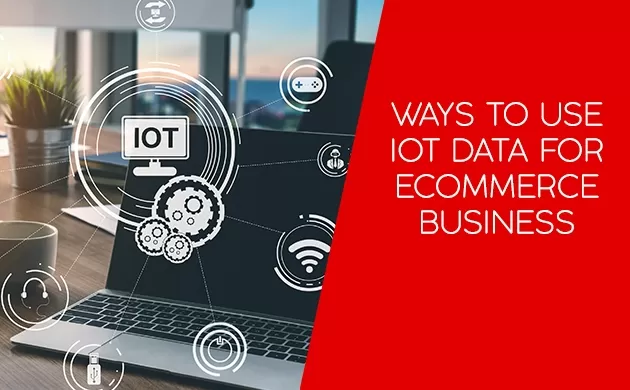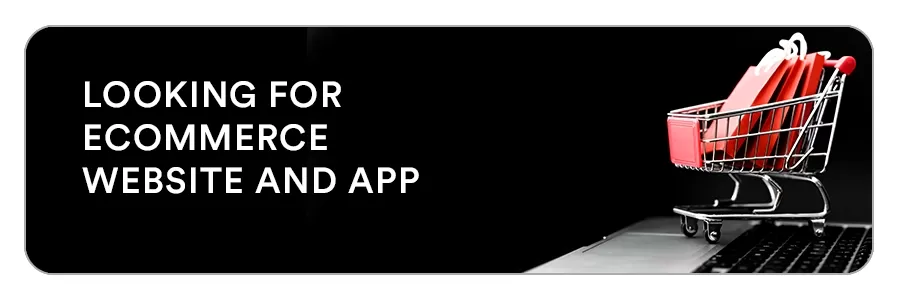Whether you are an online merchant or a brick-and-mortar store, you can use IoT data to your advantage. You can use IoT data to make your business run more efficiently, from smart order-on-demand to optimizing delivery routes. For instance, creative fulfillment can help ensure that you always have the right amount of product in stock. In addition, GPS-based tracking can make it easier to monitor shipments, and RFID tags can be used to automate pallet organization.
IoT sensors prevent spoilage.
In the eCommerce industry, IoT sensors can help prevent spoilage and loss of goods. For example, they can monitor the temperature of perishable goods to give quick warnings when temperatures are out of range. These sensors are also helpful in improving customer service by sending automated notifications and order status information.
Sensors help e-commerce businesses to manage orders and track them during shipping. They can also be used to scan the speed of delivery trucks. Companies like Amazon have already implemented IoT-enabled robots and drones to deliver products. As a result, they can optimize warehouse operations and cut labor costs. They also improve the accuracy and speed of order fulfillment. In addition, they can be used without disrupting ongoing operations.
The IoT can help e-commerce businesses improve the supply chain process by eliminating human error. They can track assets across warehouses and improve logistics management. RFID tags and GPS can track goods, enabling managers to make informed decisions. Furthermore, they can monitor the weather and know whether or not a shipment is at risk of spoilage.
IoT can also help organizations manage inventory by monitoring the condition of warehouses. With sensors, businesses can better control temperature, humidity, vibration, and noise levels. As a result, it prevents spoilage and losses of goods. Furthermore, intelligent devices can monitor the condition of warehouse equipment and provide predictive maintenance. For example, in the case of Amazon, IoT sensors can help the company manage perishable products more efficiently.
IoT-enabled sensors also help companies monitor their cold food and beverage supply chains. Besides temperature, these sensors can monitor other factors like light, shock, and location. This data optimizes shipping conditions, minimizing spoilage and damage risk.
The IoT sensors also help companies keep track of products remotely. The technology can also help them predict malfunctions and offer replacements. It can even detect lost or stolen items. These sensors can help businesses avoid lost items by sending alerts to customers. These devices can also alert them when they’re stolen or damaged.
With the increasing popularity of connected devices and the Internet of Things, grocery stores and other companies are turning to modern technology. IoT-enabled intelligent devices improve customer experience and help businesses increase their bottom line by preventing food from spoilage.
IoT sensors track issues with recalled products.
The IoT can reduce the number of recalled products a business must issue, as it can identify and track issues with a product earlier in the supply chain. It can also detect and alert manufacturers when a component arrives at a particular location. In addition, it can help track product shipping times and optimize inventory levels for efficiency. Finally, this technology allows retail stores to maximize aisle layouts and send custom notifications.
IoT sensors can help improve inventory placement and replenishing and can help to minimize losses due to fraud. Moreover, the technology can provide complete traceability of inventory from when an order is placed through delivery and on to the customer. In addition, the IoT sensors track the movement of a specific order from start to finish, which can help businesses minimize the workload of employees. IoT sensors can also eliminate manual processes that require an in-store workforce.
Merchants are always looking for ways to enhance their customer’s experience and boost their business. The IoT solutions help convert customers into loyal shoppers by providing valuable insights into demand patterns. This insight allows them to design better business strategies and promote higher levels of engagement. And by leveraging IoT, retailers can increase customer satisfaction and retention by addressing issues in real-time.
In addition to inventory management, IoT sensors can help retailers with various other problems related to supply and demand. For example, they can track stock through GPS-based tracking and automate the organization of pallets. With these solutions, retailers can manage stores better by predicting demand, reducing inventory costs, and delivering a better customer experience.
IoT sensors can also help food manufacturers improve their processes and reduce energy costs. For instance, connected refrigeration systems can more accurately monitor temperature and other food quality issues. Using IoT sensors in the food industry can also help companies comply with Food Standards Agency regulations and reduce costs.
IoT data helps predict sales of specific items.
E-commerce companies can better predict the demand for certain products by analyzing and collecting information via IoT devices. It will assist them in planning their sales for the season and increase sales. Companies can also use information from these devices to advertise environmentally green models. Several companies have succeeded by using IoT-enabled intelligent devices to monitor client data. For instance, insurance companies are using these devices to monitor drivers’ driving habits. They can track the speed of a driver on the road as well as the amount of time they drive.
IoT solutions can also help eCommerce businesses differentiate their brand from competitors. This data can help merchants improve their shopping experience by targeting specific groups of consumers. They can even find out which items are popular on social media. As a result, it will increase customer satisfaction and engagement. Furthermore, they can sell customized merchandise to individual customers.
IoT data can also help retailers understand the fulfillment process and track orders. It can also help businesses manage their inventory. The data collected from IoT devices can also help retailers analyze customer behavior and develop new business models. It also allows online companies to build a transparent supply chain.
IoT sensors can also alert a business when a product is performing substandardly, allowing it to offer a replacement or repair. This technology can also be utilized to follow lost or stolen objects. IoT devices can also alert business owners to popular products on social media. One example of an IoT-enabled product is the dash button, which allows shoppers to reorder items routinely used in their homes.
Another example of how IoT can help an eCommerce business is by making inventory management more efficient. By integrating RFID tags and IoT sensors into their inventory management, retailers can easily monitor the status of their inventory. The data can be input into ERP systems in real time, reducing human error.
IoT data can influence how customers buy products online.
Many companies are using IoT data to improve their business processes. The Internet of Things provides a wealth of data about the physical world and the behaviors of consumers. In commerce, the use of IoT data has the potential to improve the buying experience by allowing manufacturers and retailers to analyze products remotely. For instance, companies that sell automobiles are increasingly using IoT data to improve their services.
The data collected by IoT devices can also be used to provide personalized offers to customers. For example, a connected car could send data to an online store to recommend products that are best for the driver or send information to a smart refrigerator to suggest environmentally friendly products. Insurance companies can also use this data to tailor their policies and send discounts to cautious drivers.
Another application of IoT is in health care. Tracking the temperature of incoming visitors, hospitals, and other health facilities can reduce the risk of illness or infection. IoT data also helps optimize employee engagement and performance. Companies can use IoT data to make remote workers more efficient and productive as more people work from home.
IoT data can also help eCommerce enterprises differentiate themselves from their competitors. It gives a 360-degree view of customers’ shopping habits, allowing them to present personalized products to their customers. This information can help companies offer customized merchandise and services to their customers, resulting in increased customer satisfaction.
The Internet of Things is a nascent tendency but without potential risks. One of the most significant dangers is security and privacy. Utilizing IoT data can expose personal data to hackers. It could allow criminals to monitor the safety of crucial infrastructure. If hackers earn entry to any of your connected devices, they could disrupt the working of vital systems.
According to IDC, there will be over four billion connected IoT devices by 2025. The most considerable opportunities will come from industrial equipment and automotive. Smart home devices and wearables will also be heavily used.




Leave a Reply